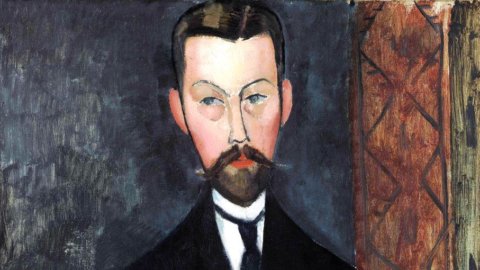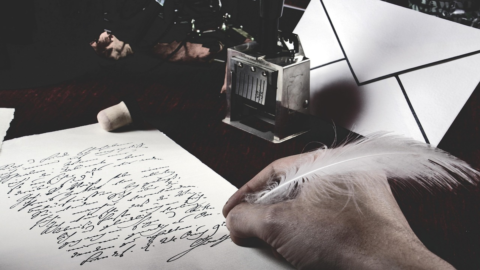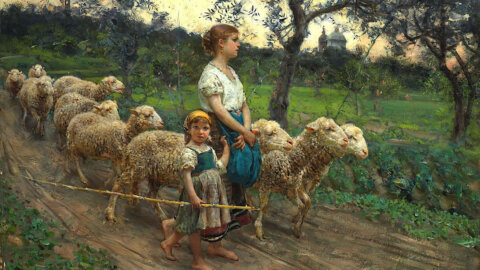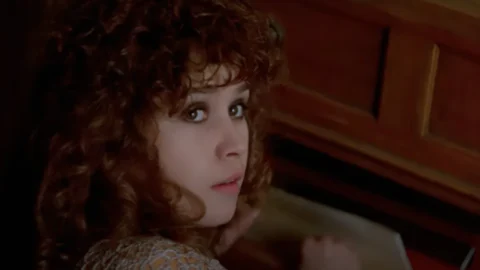It has never previously appeared on the market, having remained until today in the ownership of Paul Alexandre’s descendants. Although the portrait is acknowledged in works of reference it has been seen in public only rarely, during prestigious exhibitions.
Paul Alexandre, a doctor by profession, was above all a great connoisseur whose love of art dated from his youth. He was the young Modigliani’s patron, and virtually his only buyer until 1914.
Paul Alexandre first met Amedeo Modigliani at the Maison du Delta, a mythical venue in Montmartrewhich Alexandre placed at the disposal of young artists.
Alexandre was immediately fascinated by the prodigious talent of this artist freshly arrived from Italy, and the two men became sincere friends. ‘Modigliani was noblesse excédée, to use Baudelaire’s expression, which suited him down to the ground. I was immediately struck by his extraordinary talent and wanted to do something for him. I used to buy his drawings and paintings – but I was his only buyer, and not rich.
For seven years, from 1907 until his conscription in 1914, Paul Alexandre was Modigliani’s confidant, mentor and patron. The two men had real intellectual affinities, and enjoyed long, daily conversations about painting, poetry, literature and philosophy. As his only buyer, Alexandre acquired nearly 500 drawings and a dozen paintings during this period, including our magnificent Portrait of Paul Alexandre, now appearing on the market for the first time.
From the day we met I was struck by his prodigious artistic gifts, and placed whatever feeble resources I could muster at his disposal, while imploring him not to destroy any of his sketch books or studies. That’s why I have nearly all his paintings and drawings from this time.’2
The remarkable technique Modigliani used here seems incredibly modern. The stylized, faceted facial features and subtle colour scheme – blending slate blue, green and reddish brown – reflect the profound influence of Paul Cézanne. Although it differs in style, this portrait is unquestionably indebted to the master of Aix-en-Provence, whose work Modigliani first encountered (thanks to Paul Alexandre) at the retrospective staged by Bernheim in 1909. Modigliani’s paintings from this period are particularly rare, and in high demand among collectors – witness the exceptional price of $26 million paid for L’Amazone (1909) at Sotheby’s New York in 2013.
The iconic portrait to be offered at Sotheby’s this June is one of Modigliani’s five portraits of Alexandre (two of which are in the Musée des Beaux-Arts in Rouen). It was painted just after the death of Paul Alexandre’s mother, in dull tones and imbued with poignant melancholy. The ordeal of family loss lends the work unprecedented intimacy and depth, setting it apart from Modigliani’s other portraits of his patron, and qualifying it as one of the most moving portraits he painted during this period. Other details betray the close understanding between the artist and his sitter, and Alexandre’s influence on Modigliani. The vertical pattern on the right of the canvas seems to evoke a sculpture by Brancusi – another young foreign artist Alexandre supported and who, like Modigliani, frequented the Maison du Delta.
The picture has never left Paul Alexandre’s family, is in perfect condition, and boasts powerful paintwork, notably to the face and hands. It is one of the most individual and compelling Modigliani male portraits ever to appear at auction.





